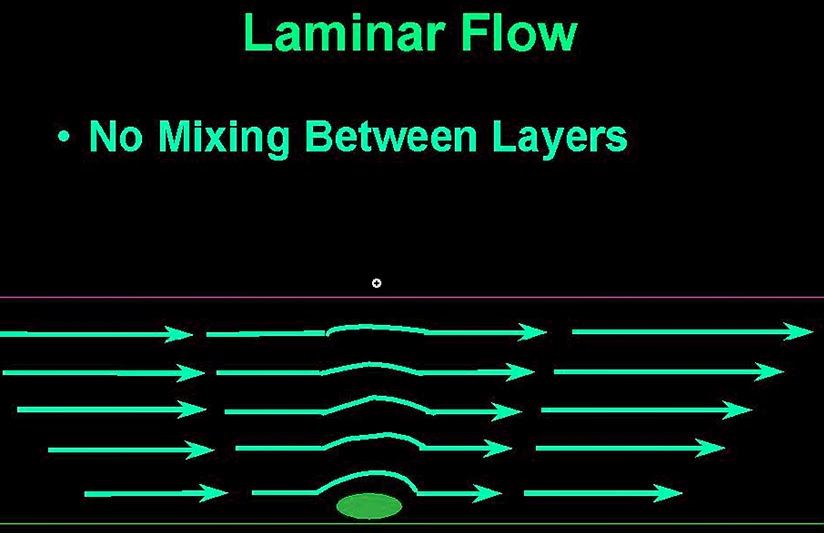Brake system used to slow down a vehicle by converting its kinetic energy into heat energy.

Classification of Brake system :
On the basis of mode of actuation
- Foot brake (also called main brake) operated by foot pedal
- Hand brake – it is also called parking brake operated by hand
On the basis of mode of operation
- Air brakes
- Electric brakes
- Hydraulic brakes
- Mechanical brakes
- Vacuum brakes
On the Basis of Action on Front or Rear Wheels
- Front-wheel brakes
- Rear-wheel brakes
On the Basis of Method of Application of Braking Contact
- Externally – contracting brakes
- Internally – expanding brakes






